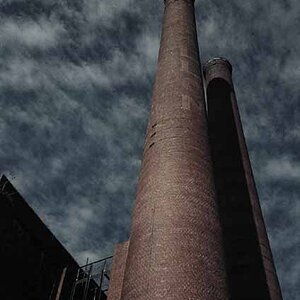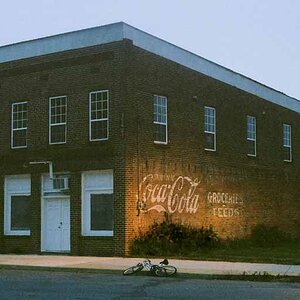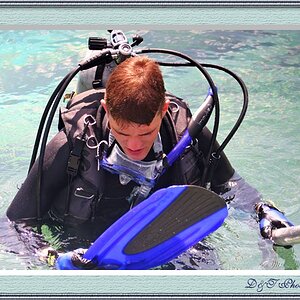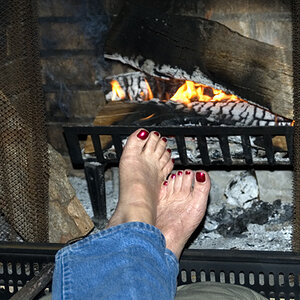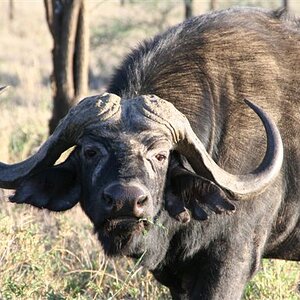- Joined
- Nov 19, 2010
- Messages
- 2,507
- Reaction score
- 440
- Location
- San Jose, CA
- Can others edit my Photos
- Photos OK to edit
I am close to being able to purchase a 300 2.8. Is VR really worth it? I don't think I can spring for the VRII, but I'm wondering if the first VR model is really worth it. How do the last few iterations of the lens do in terms of sharpness? I know the latest one with the Nano Crystal Coat will fare much better shooting into the sun, and if it is anything like the 70-200 VRII it will be tack sharp. Are the older models just as sharp?
EDIT: Purchased a 300 2.8 AF-S II. It is insane.
EDIT: Purchased a 300 2.8 AF-S II. It is insane.
Last edited:


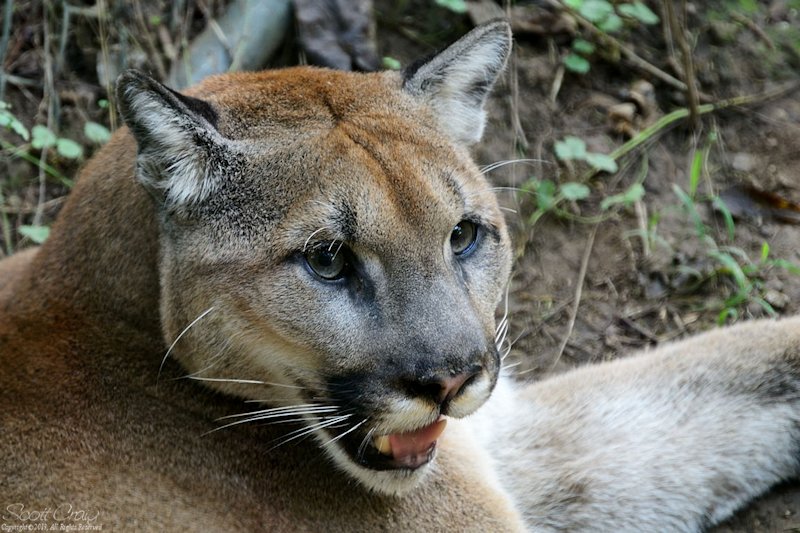
 :mrgreen: :lmao:
:mrgreen: :lmao:



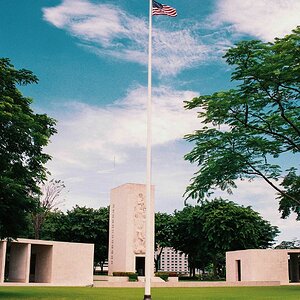
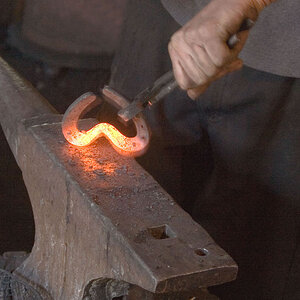
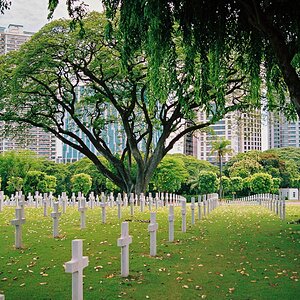

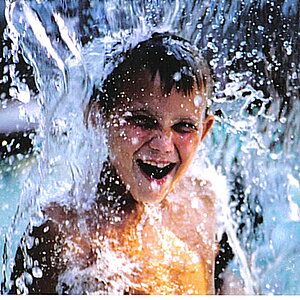
![[No title]](/data/xfmg/thumbnail/31/31039-558cdb3d311dc67b7a2134527e230488.jpg?1619734582)
